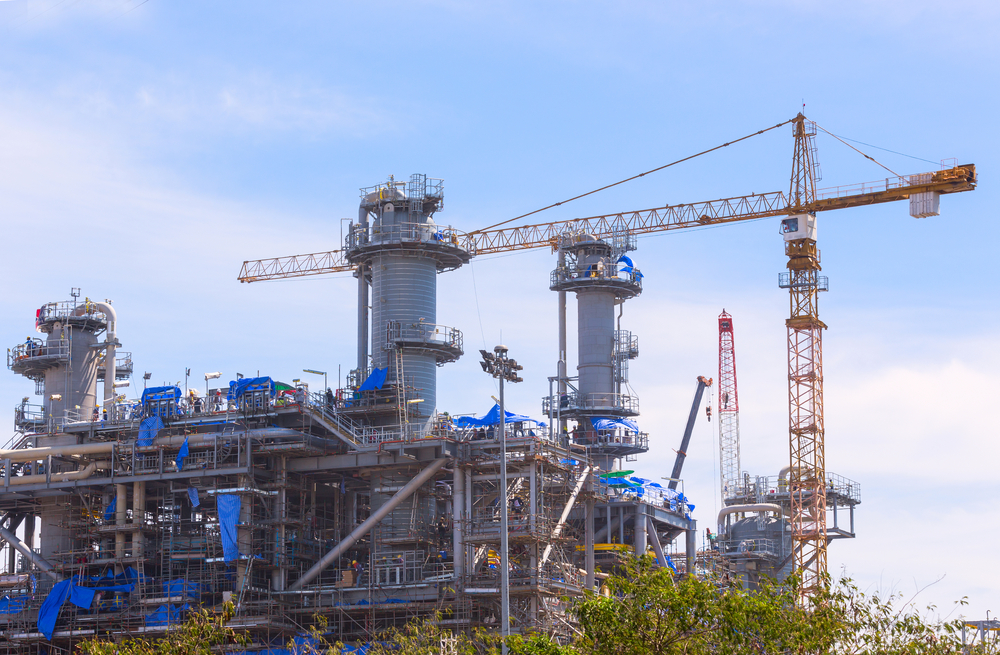
With growing supply surpluses and shrinking capital budgets, the number of new base oil plants and expansions entering the development pipeline should slow in coming years, an industry insider told a lubricant conference recently. Consultant Stephen B. Ames also predicted that a significant number of existing plants will close.
The margin outlook is not conducive to opportunistic base oil investment, Ames, principal of Pepper Pike, Ohio-based SBA Consulting, told the ICIS World Base Oils & Lubricants Conference in London Feb. 16.

Photo: Kamonrat/Shutterstock
A consultant predicts fewer capital investments in base oil projects in coming years.
The global market has a large surplus because new capacity has consistently come online faster than the pace of existing plant closures, even as demand remained close to flat.
Since 2006, the market added capacity totaling around 17 million tons per year. Closings during that time totaled only 7 million t/y. In only three years were the additions offset by closures, the most recent being in 2015,Ames said.
Given the growing imbalance, it is unsurprising that refiner enthusiasm to continue adding capacity has begun to wane. Since 2014, 27 projects with a cumulative capacity of more than 6 million t/y have been either indefinitely postponed or cancelled, said Ames. The pool of funding available for base oil projects has also diminished, as lower crude oil prices have forced oil companies to tighten their belts. For the foreseeable future, Ames predicted, refiners will undertake fewer projects. We are no longer facing an on-going tsunami of capacity additions; more like one remaining wave and then relatively calm seas.
Several projects are currently underway and are far enough progressed that they will probably be completed. Ames cited eight projects that could add a combined 4 million t/y of API Group II and III capacity by 2021, mostly in Asia and Europe, including Russia. Beyond that he forecasted an additional 1 million t/y of new capacity from polyalphaolefin and naphthenic base stock projects, along with capacity creep at existing facilities. Most of these projects are planned for Asia and Europe, including Russia.
Those projects will exacerbate todays supply glut, he said, but not as much as analysts would have expected a few years ago. Just last year Ames predicted a total of 7 million t/y of capacity would be added over the same time-frame.
Ames puts the current surplus of base oils at 5 million tons per year, contained only by plant closures and an industry-wide plant utilization rate that has sunk to approximately 70 percent.
With that much of a demand-supply imbalance and more supply on the way, it is inevitable, Ames said, that some existing plants will close – a trend that has gone on for years. I believe 6 million tons of capacity should, could close in the next five years, he said, noting that the number is higher than his own previous estimates.
Many of the plants that close will be Group I producers, he said, estimating that global Group I capacity will fall from 21.5 million t/y in 2016 to 14.2 million t/y by 2021. He also predicted that rather than closing, capacity at some existing plants will be repurposed – mostly through Group II plants in the United States converting some of their output to Group III.